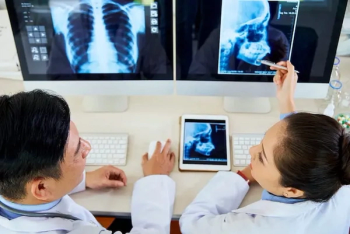
Demographics of Women Who Use Mobile Units for Mammography
There are significant differences between women who use mobile units for breast cancer screening compared with those who attend cancer centers.
Women presenting for breast cancer screening at mobile mammography units have higher recall rates and lower adherence to follow-up recommendations compared with women who attend screenings at cancer centers, according to a study published in the
Researchers from the Medical University of South Carolina in Charleston performed a retrospective study to evaluate the characteristics of women who underwent mammography screening in a mobile unit versus those who underwent mammography screening at a cancer center.
The researchers analyzed 1,433 screening mammography examinations performed in a mobile unit in 2014 and compared them to a randomized equivalent number of screening mammography examinations performed at their cancer center in 2014. They recorded BI-RADS assessment, adherence to follow-up, biopsies performed, cancer detection rate, and sociodemographic variables. The mean age of the women attending the mobile units was 52.58 and the mean age of women attending the cancer centers was 57.74.
The results showed that there were some significant differences between the groups who attended the mobile clinics compared to the cancer center clinics.
The researchers also noted there was a significant association between location and adherence to screening guidelines, with patients screened at the cancer center being more compliant (56.90% at the cancer center compared with 34.47% at the mobile unit). They also found a significant association between location and recall rate. The cancer center had a lower recall rate (13.32%) than the mobile van (15.98%). Of those patients with BI-RADS 0, there was a significant association between location and adherence to follow-up with patients using the mobile unit less likely to return for additional imaging.
"By identifying these characteristics, we can develop programs and materials that meet these populations' needs and behaviors, ultimately increasing mammography screening and follow-up rates among underserved populations," researcher Elizabeth Stanley, of the department of radiology at the Medical University of South Carolina, said in a release.
Newsletter
Stay at the forefront of radiology with the Diagnostic Imaging newsletter, delivering the latest news, clinical insights, and imaging advancements for today’s radiologists.




























